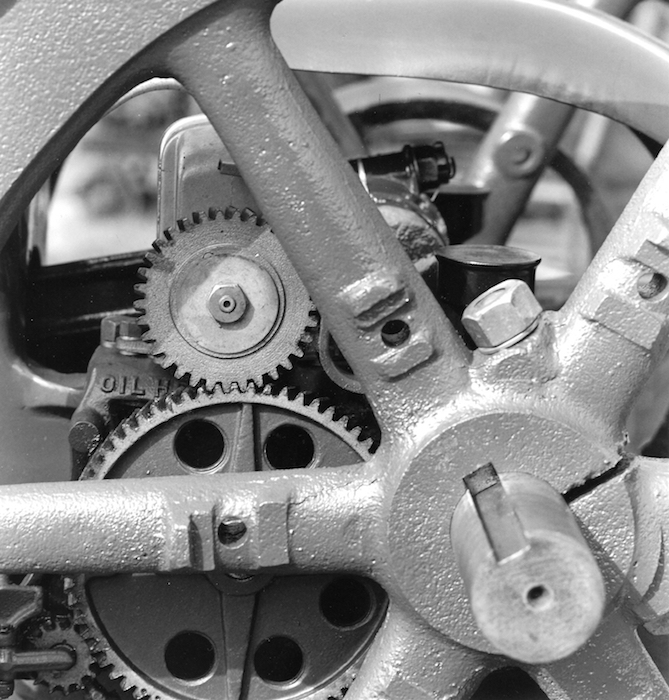Engine
-
A
- bdial
- Location
- Dublin, NH
- Equipment Used
- Hasselblad
- Exposure
- Unrecorded
- Film & Developer
- Kodak/Xtol
- Paper & Developer
- Multigrade RC/Moersch SE6
| Photrio.com contains affiliate links to products. We may receive a commission for purchases made through these links. To read our full affiliate disclosure statement please click Here. |
PHOTRIO PARTNERS EQUALLY FUNDING OUR COMMUNITY:  |







